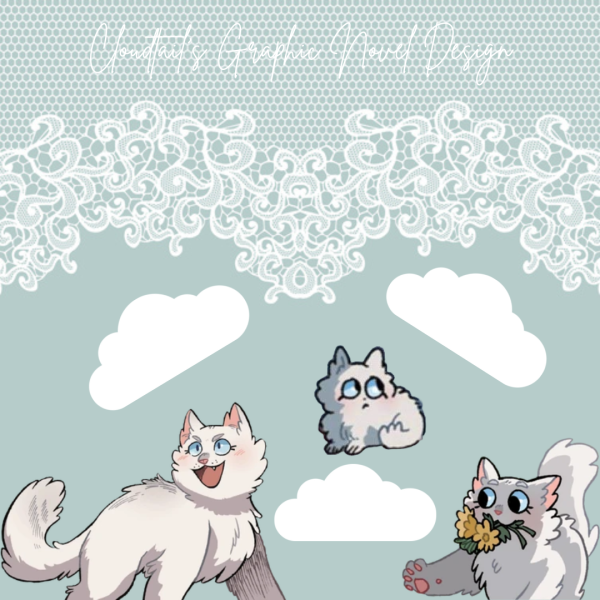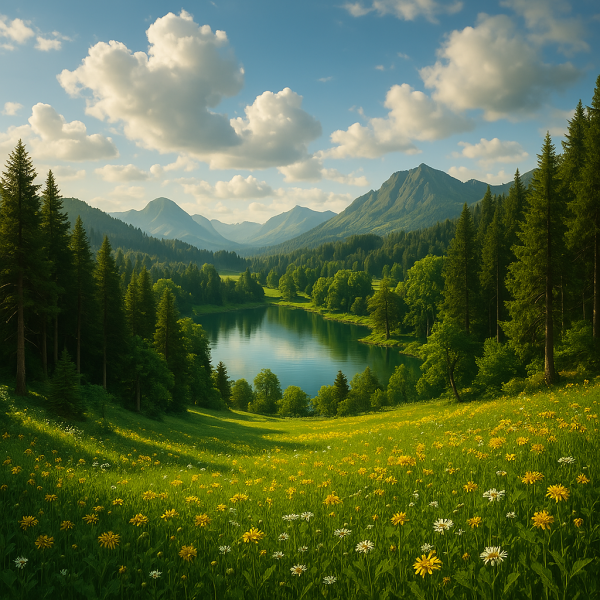The new year and why we celebrate it
As the New Year is ushered in, many may spare a thought to wonder where it is that the celebration of New Year’s came from. While there is some religious significance to the holiday, for example the Anglican and Lutheran Christian churches celebrate the naming of Jesus on the same day, the vast majority of the festivities are secular and are enjoyed by people of all religions and races across the world. Most countries in the modern world use the same Gregorian Calendar which means that the New Year falls on the same day for nearly the whole world (with slight variations due to time zones, of course).
While one may connect the dots and conclude that Europe and the Americas, all predominantly Christian in their demographics, draw their celebrations from a religious origin. This is, however, not necessarily true. On the Julian Calendar, the system used by the Roman Empire even before its Christianization, the New Year still fell on the first of January and the Romans, when they weren’t conquering the surrounding territories, loved to party. The day was dedicated to the Greco-Roman Pagan god Janus, the god of gateways and beginnings, and feasts were held. As the astute reader may have surmised, the month of January draws its name from this god as well. Before the introduction of the months of January, February, July, and August, March was the first month on the Roman calendar, and therefore originally March 1st was the start of the New Year for the Romans. Well before the Romans, the Ancient Mesopotamian civilization celebrated the New Year as well, albeit on the vernal equinox in the middle of March. After the Romans, medieval Europe couldn’t quite agree on when to mark the New Year. Some chose to celebrate it on January 1st, some on Christmas Day, and others on March 1st in honor of the original Roman holiday.
To end confusion on when the holiday of Easter should fall for Christians, Pope Gregory XIII created the Gregorian Calendar, which is still in use today. In fact, this Gregorian Calendar is in use in most of the world. While the original intent of the Pope was to solidify the date of Easter, he also stabilized when the New Year started when he set the first day of the year on January 1st. Years on from the introduction of this calendar, European trade, colonization, and general empire-building would spread it around the world, even in nations where Christianity is a minority, if even present, religion.This is why nearly everyone in the world celebrates the New Year on the same day.
The entire world is a very diverse place, and in that same vein, New Year’s Day is celebrated very differently across the globe. In the United States, as most of the readers will be familiar with, New Year’s is often spent with loved ones (usually a significant other) and at the change of the old year to the new, kisses are exchanged, toasts made, and fireworks set off. In Russia and the other former Soviet states, an interesting phenomena has occurred. In the USSR, religion was repressed, so many simply took their Christmas festive traditions and partook in them a few days later on New Year’s under the guise of a secular holiday. In these countries, now free to worship openly, many of those traditions are still celebrated on New Year’s. In Russia, it is not uncommon to see gifts exchanged or decorative trees put up in celebration of the New Year.
Everyone in the world celebrates the New Year in some shape or form and in a plethora of different ways. The New Year is a large holiday which anyone can bond or find common ground over and is very prominent in the United States. Many families across America will stay awake until midnight to witness the famous ball drop and couples will look forward to treasuring the moment when the old year changes to the new.

My name is Liam Carcieri. This is my junior year and second year of writing for "The GNA Insider." I am a dual enrollment student and a member of the Upward...







